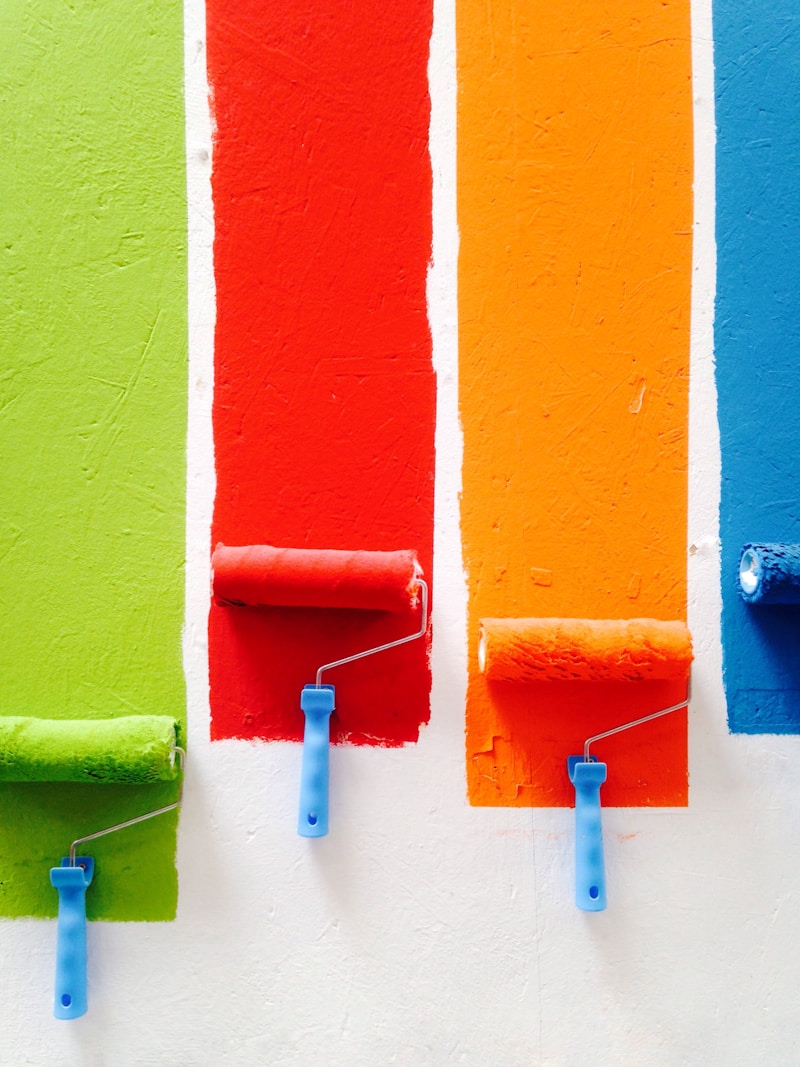Discovering Organic Color Palettes for Rustic Aesthetics: A Comprehensive Guide
In recent years, the trend of incorporating organic color palettes into interior design has surged, especially within rustic aesthetics. Homeowners and designers alike are drawn to the warm, inviting tones that reflect the beauty of nature. This article delves into how to curate stunning organic color palettes for rustic styles, providing practical advice, inspiring combinations, and insights into the psychology of color in earthy settings.
Understanding Rustic Aesthetics
Before diving into organic color palettes, it's essential to grasp the concept of rustic aesthetics. Typically, rustic design is characterized by natural materials, earthy tones, and a cozy, lived-in feel. This design philosophy aims to bring the outdoors inside, evoking a sense of connection with nature.
Key Elements of Rustic Aesthetics
| Element | Description |
| Materials | Wood, stone, and metals that show wear over time. |
| Colors | Earthy tones like browns, greens, and soft neutrals. |
| Textures | Rough, natural textures paired with softer elements such as textiles. |
| Furniture | Heirloom pieces or handmade furniture that tell a story. |
| Decoration | Natural elements like plants, flowers, and artwork that reflect rural life. |
The Appeal of Organic Color Palettes
Organic color palettes are derived from elements found in nature, promoting a sense of serenity and balance. These hues can unify a rustic space, making it feel harmonious and thoughtfully designed. Let's explore some popular color options that resonate within rustic aesthetics.
Popular Organic Colors
The choice of an organic color palette is vital in creating the desired atmosphere within your rustic space. Below are some popular organic colors often used in rustic interior design:
- Forest Green: A rich hue that embodies the essence of woods and nature.
- Pine Cone Brown: A warm brown that mirrors the natural colors found in wooden beams.
- Sky Blue: A gentle reminder of open skies, perfect for adding a tranquil element.
- Soft Gray: A neutral tone that balances warmer colors while reflecting the natural world.
- Rust Red: A vibrant color reminiscent of autumn leaves, adding warmth and depth.
Creating Your Organic Color Palette
To create an organic color palette that enhances rustic aesthetics, follow these steps:
1. Choose Your Base Color
Your base color should reflect the primary vibe you want to establish in the space. For instance, going for a calming atmosphere? Consider shades of soft gray or soothing greens. If you desire warmth, deeper browns and rust tones can set the ideal mood.
2. Select Complementary Colors
Next, select two to three complementary colors. These shades should enhance your base color while maintaining a balanced look. For example, consider pairing forest green with soft gray and a hint of rust red for visual intrigue.
3. Incorporate Accent Colors
Accent colors add pops of interest and can be used in accessories like pillows, artwork, or decor. Bright yellows or playful blues can work well as accent colors against more muted tones.
Examples of Organic Color Palettes for Rustic Aesthetics
Here are a few curated examples of organic color palettes to inspire your interior design project:
Palette 1: Earthy Embrace
- Forest Green (Base)
- Warm Brown (Complement)
- Soft Cream (Complement)
- Rusty Orange (Accent)
Palette 2: Serene Retreat
- Sky Blue (Base)
- Soft Gray (Complement)
- Pine Green (Complement)
- Sunshine Yellow (Accent)
Palette 3: Autumnal Harmony
- Rust Red (Base)
- Beige (Complement)
- Dark Brown (Complement)
- Muted Gold (Accent)

Implementing Your Palette in Interior Design
Once your organic color palette has been selected, it's time to implement it in your rustic space. Here are some practical tips:
1. Paint Choices
Choosing the right paint finish is essential. Matte finishes often work best in rustic designs as they absorb light and create a softer look. Consider painting an accent wall in your base color to establish your chosen palette's foundation.
2. Textiles
Incorporate your chosen colors through fabrics. Opt for cushions, throws, and curtains in your complementary shades to pull the look together. Natural fibers, such as linen and cotton, reinforce the organic theme.
3. Decor and Accessories
Accessorize with items that reflect your chosen palette. Look for art pieces that include the colors from your palette, or use natural elements like branches, stones, or plants to add dimension and a touch of the outdoors.
Natural Lighting and Color Flow
Another crucial element to consider is natural lighting. Different times of day can change how colors appear in your space. It's wise to observe how your chosen colors look at various times during the day and under different lighting conditions. This observation will help you achieve the desired ambiance.
Conclusion: Bringing It All Together
Creating organic color palettes for rustic aesthetics is about understanding the relationship between colors and how they affect the space. By thoughtfully selecting your base, complementary, and accent colors, you can establish a harmonious and inviting environment that connects with nature. Remember to consider materials, textures, and lighting as you implement your palette. With a bit of creativity and attention to detail, your rustic space can reflect the beauty of the natural world.
Final Recommendations
When embarking on your project, consider these final points:
- Experiment: Don’t hesitate to try different combinations until you find one that resonates with you.
- Stay Authentic: Use colors that you genuinely love and make you feel comfortable.
- Consult a Professional: If needed, consider reaching out to an interior designer for tailored advice.
By keeping these insights in mind, you can successfully create a rustic aesthetic with an organic color palette that feels refreshing and true to the earth.